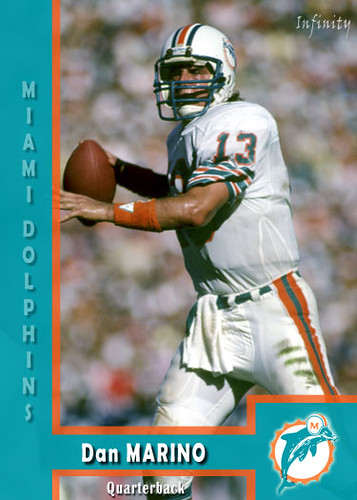
Dan Marino, a name synonymous with unparalleled arm talent and a storied career as the Miami Dolphins’ Hall of Fame quarterback, has long been revered for his on-field prowess and leadership. Yet, beyond the gridiron, the NFL icon recently shared a deeply personal health journey, revealing a diagnosis of liver disease nearly two decades ago. This candid disclosure, made as Marino turns 64 and continues to serve as a special adviser for the Dolphins, brings into sharp focus a pervasive yet often undiagnosed health concern affecting millions globally. His narrative underscores a vital message about proactive health management, particularly for those transitioning from highly demanding professional careers.
Marino’s story is not merely a celebrity health update; it is a powerful testament to the significance of early detection, the profound impact of lifestyle adjustments, and the imperative of individuals taking command of their own well-being. By sharing his experience, Marino leverages his considerable platform to demystify a ‘silent’ disease, encouraging a broader societal conversation about preventative health measures. His willingness to be vulnerable about his health struggles offers both inspiration and a practical blueprint for countless individuals navigating similar challenges, illustrating that a diagnosis can, in fact, be a catalyst for profound personal transformation and advocacy.
In this in-depth examination, we will explore the intricate details of Marino’s diagnosis, the nature of the condition he faces, and the crucial steps he has taken to manage it. This article aims to provide a comprehensive understanding of metabolic dysfunction-associated steatohepatitis, or MASH, drawing directly from Marino’s own words and the medical insights provided, to shed light on a health issue that demands greater public awareness and diligent attention.
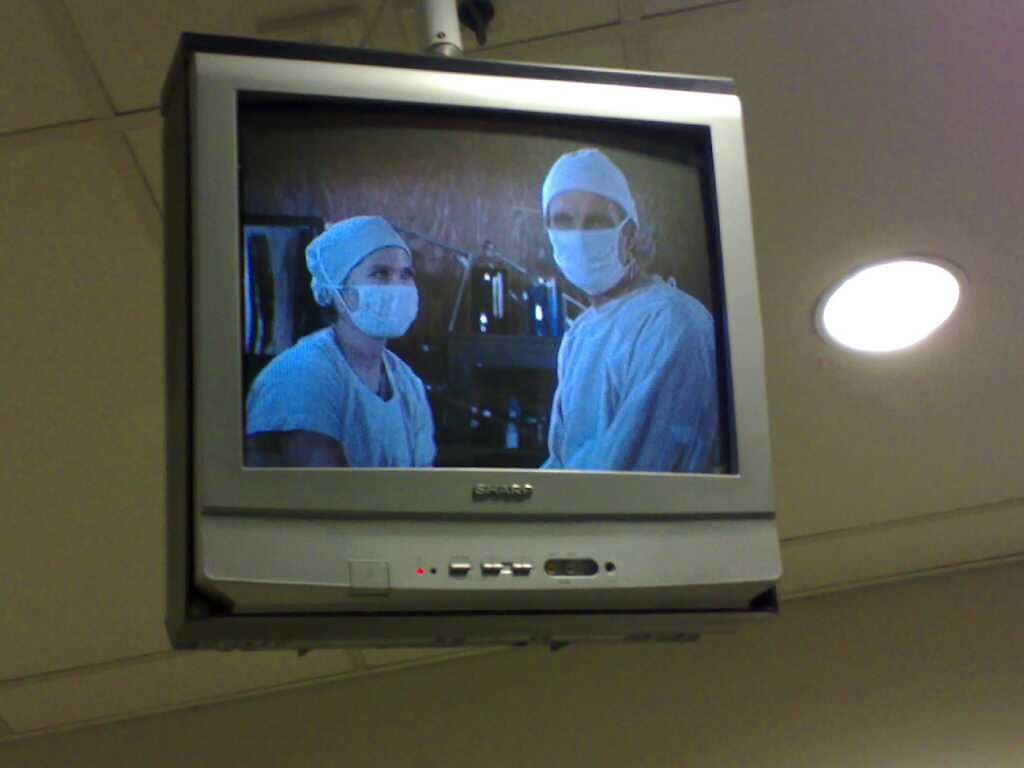
1. **Dan Marino’s Personal Revelation: A Silent Diagnosis**
The revelation of Dan Marino’s MASH diagnosis in 2007 came as a significant surprise, not only to the public but initially to Marino himself. During what he perceived to be a routine checkup, the only symptom the legendary quarterback experienced was feeling “a little fatigued,” with no other overt signs of illness. This subtlety in presentation is characteristic of metabolic dysfunction-associated steatohepatitis, a condition frequently referred to as a “silent” disease precisely because it can advance for years without producing obvious, alarming symptoms. The fact that such a critical health issue was uncovered during a standard physical highlights the indispensable value of regular medical examinations, even when an individual feels generally healthy and robust.
Marino candidly admitted that after his retirement from the NFL in 1999, his dietary habits had become less disciplined, and his rigorous exercise regimen had naturally waned. He explained, “I got a little overweight and I wasn’t working out like I should have right after I retired.” The physical toll of a lengthy professional football career also presented its own set of challenges, as Marino noted, “My knees were pretty bad, you know, so I kind of couldn’t do that much.” He later underwent knee replacements, further impacting his ability to maintain the intense physical activity he once knew. These factors, combined with a diet where he “just ate whatever I wanted to,” underscore the environmental backdrop against which his MASH developed.
The discovery of his liver function being “out of sorts” during routine blood tests prompted further investigation, ultimately leading to the MASH diagnosis. This diagnostic journey serves as a powerful cautionary tale, emphasizing that internal health can be compromised without external indicators, making proactive medical engagement paramount. Marino’s personal account thus becomes a compelling narrative advocating for vigilance and routine health monitoring, especially for those whose active lifestyles diminish post-retirement, as internal physiological changes can occur imperceptibly.
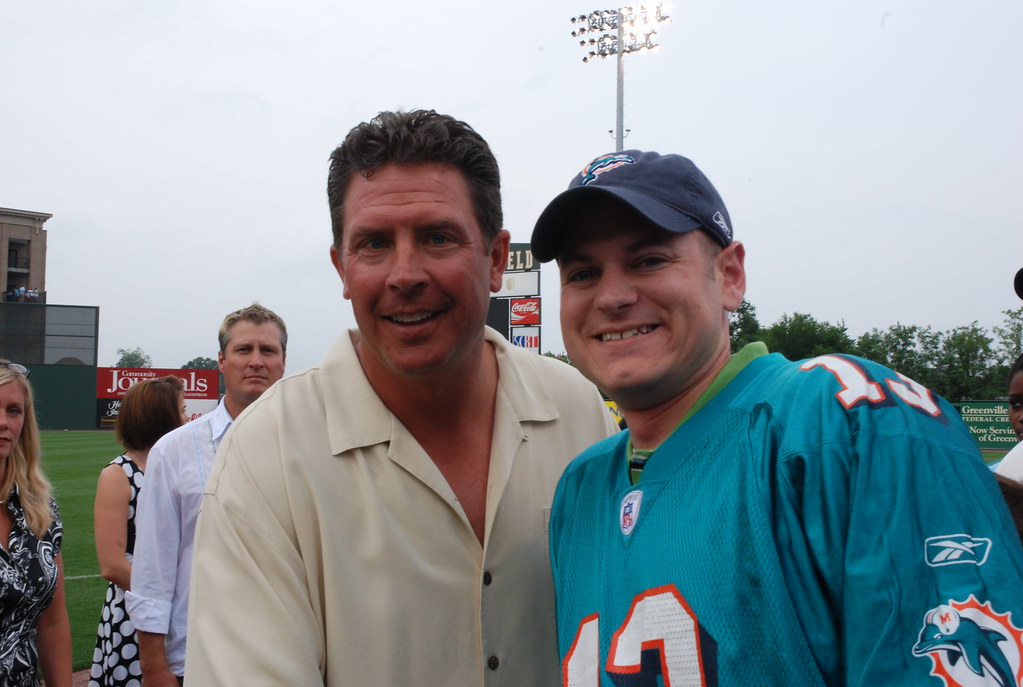
2. **Understanding Metabolic Dysfunction-Associated Steatohepatitis (MASH)**
Metabolic dysfunction-associated steatohepatitis, or MASH, is a complex condition that involves the accumulation of excess fat within the liver, a process that can ultimately lead to chronic inflammation of the organ. This inflammation, if left unchecked, has the potential to progress to more severe and life-threatening conditions, including cirrhosis, liver cancer, and eventually liver failure. Marino’s diagnosis in 2007 specifically identified this form of liver disease, which was previously known by the less precise designation of nonalcoholic fatty liver disease (NAFLD). The name change reflects a more accurate and positive description of the underlying metabolic issues rather than simply stating what the condition is not caused by.
To better comprehend MASH, it is beneficial to break down its components. The term “hepat” is derived from medical terminology referring to the liver, and the suffix “itis” universally denotes inflammation of a specific body part. Therefore, “hepatitis” signifies inflammation of the liver. “Steato” refers to fat, meaning “steatohepatitis” describes the build-up of fat in the liver that results in inflammation. The crucial prefix, “metabolic dysfunction-associated,” indicates that this accumulation of fat and subsequent inflammation is intrinsically linked to disruptions in the body’s metabolism, distinguishing it from conditions primarily caused by excessive alcohol consumption.
This condition is far more prevalent than many might assume. As Marino himself noted, MASH affects “around one in 20 people.” A possible precursor to MASH is MASLD, or metabolic dysfunction-associated steatotic liver disease, which represents the initial fat infiltration of the liver without the inflammation characteristic of MASH. The American Liver Foundation estimates that approximately 25 percent of adults in the U.S. have MASLD, and a significant 20 percent of those with MASLD will progress to MASH, thereby yielding the statistic Marino cited. Understanding these definitions and statistics underscores the widespread nature and serious potential consequences of this often-underestimated health challenge.
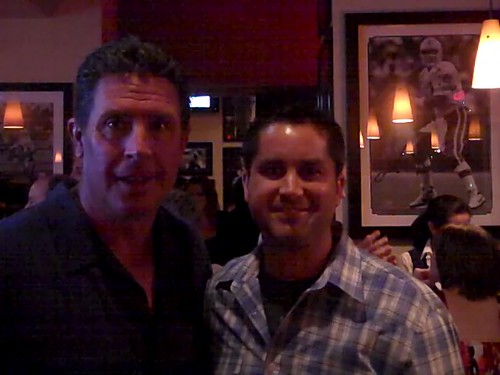
3. **The Elusive Nature of MASH: Why Early Detection is Crucial**
The most challenging aspect of MASH, as Dan Marino’s experience powerfully illustrates, is its often asymptomatic nature, particularly in its early stages. Marino’s diagnosis stemmed from a routine physical where his only complaint was a “little fatigued,” a symptom so common and vague that it could easily be dismissed. Other possible signs of MASH are equally non-specific, including abdominal discomfort, pain, or swelling, as well as unexplained weight loss, muscle loss, or muscle weakness, and swelling in the legs. These symptoms rarely point directly to liver issues, making self-diagnosis or even initial clinical suspicion difficult without specific testing.
Marino warned about this elusiveness, stating, “It can go unnoticed. You may never get treated for it or you may never do the things you need to do to control and manage it.” The liver, in its incredible capacity for resilience, often does not present obvious distress signals until significant damage has occurred. It is only when MASH progresses to more advanced stages that clearer, more recognizable signs may emerge, such as jaundice – a yellowish discoloration of the eyes and skin due to bilirubin buildup, which the compromised liver struggles to process. For many, however, “you may notice nothing, nada, zilch and have no symptoms, especially early on in the course of MASH.”
This makes the role of regular medical check-ups and standard blood tests, particularly liver function tests (LFTs), exceptionally critical. Abnormal LFTs serve as an initial flag for doctors to investigate the liver more closely, potentially leading to imaging like ultrasounds or CT scans to detect fat accumulation. While a liver biopsy is the most definitive diagnostic method, its invasiveness means it’s usually reserved for cases with higher suspicion. Therefore, Marino’s urging to, “Get to your doctor, get your physicals,” resonates deeply as the most reliable pathway to early detection and intervention for a disease that otherwise remains hidden in plain sight.
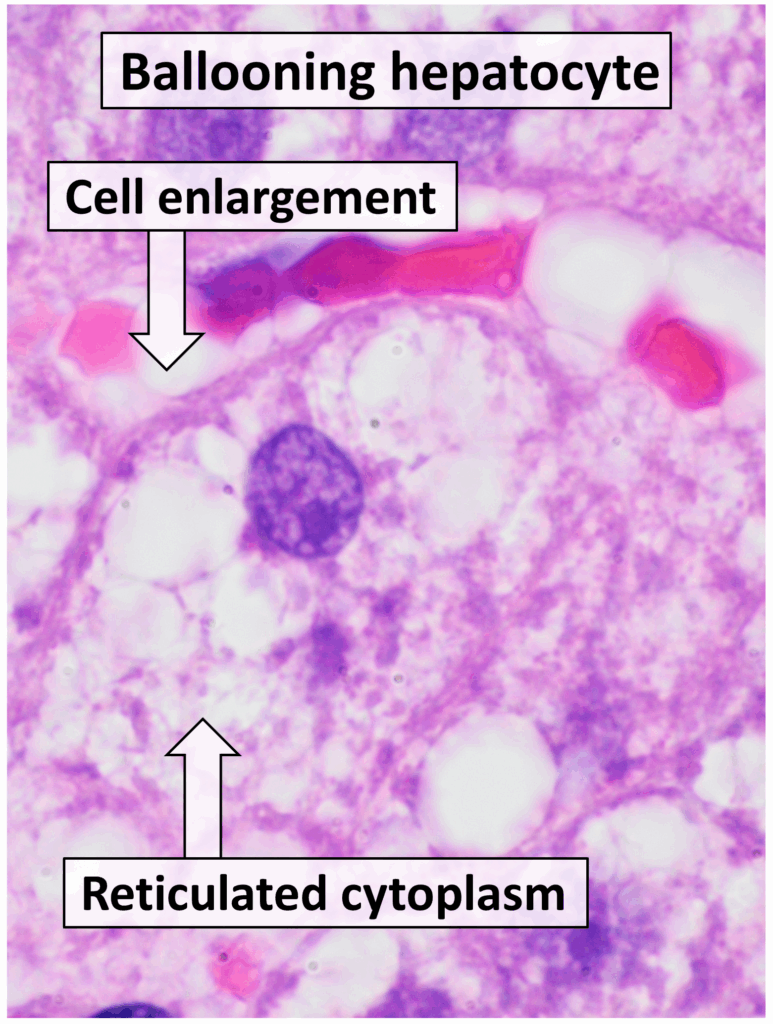
4. **From Diagnosis to Action: The Path to Reversibility**
Upon receiving his MASH diagnosis, Dan Marino was also delivered a crucial message of hope: the condition was not a permanent sentence. His doctors emphasized that MASH “can be reversible, it can be taken care of.” This message was pivotal, as it immediately reframed the diagnosis from a looming threat into a manageable challenge. Critically, the pathway to reversal was identified not in complex pharmaceuticals but in profound, consistent lifestyle modifications. This emphasis underscored a fundamental principle of health: the body’s remarkable capacity for healing and regeneration when provided with the right conditions.
Marino’s experience exemplifies this proactive approach. The medical advice he received was clear and direct: “You gotta work out. You got to lose weight.” This straightforward directive provided a clear call to action, outlining the primary levers for managing and potentially reversing his condition. The absence of an immediate medication-based solution highlighted the foundational role of personal agency and daily choices in tackling chronic health issues like MASH. It was a reminder that while medical expertise guides, the daily commitment to change rests with the individual.
This call to action served as a turning point for Marino, shifting his focus from the surprise of the diagnosis to the practical steps required for recovery. The knowledge that the condition was indeed reversible instilled a positive outlook, transforming what could have been a source of despair into an opportunity for improved health and well-being. By sharing this crucial aspect of his journey, Marino offers encouragement to others that a MASH diagnosis, while serious, does not have to be a final verdict; instead, it can be the beginning of a successful journey toward reclaiming health through dedicated lifestyle changes.

5. **Marino’s Initial Lifestyle Transformation: Diet and Exercise**
Following his MASH diagnosis and the clear directive from his doctors, Dan Marino embarked on a comprehensive lifestyle overhaul, fundamentally reshaping his approach to diet and exercise. He openly acknowledged that after his retirement from the NFL in 1999, he “kind of let my diet go,” a common challenge for former athletes whose structured training regimens and dietary oversight diminish. This period of less disciplined eating and reduced physical activity directly contributed to his health decline, underscoring how swiftly even a legendary athlete’s health can be impacted by everyday choices.
The cornerstone of Marino’s dietary changes was the adoption of a Mediterranean diet, a nutritional plan highly recommended by his healthcare providers. He integrated this style of eating into his life, finding it to be a sustainable and enjoyable choice, noting, “My wife kind of likes that food, too. That was actually the suggestion of the doctor’s too, get on that kind of diet as much as you can.” Simultaneously, he drastically reduced his intake of foods that were detrimental to his liver health, specifically mentioning cutting back on “pizza, ice cream, and wine,” and acknowledging, “you can’t eat those as much.” This targeted approach to nutrition was a non-negotiable step toward reversing his condition.
Complementing his dietary shift, Marino also committed to a new fitness regimen. He began training with former Dolphins teammate Terry Kirby at Kirby’s gym, signifying the importance of structured exercise and potentially the motivational power of a trusted partner. Beyond formal training, he incorporated regular physical activity into his daily life, enjoying walks and bike rides with his wife, Claire. This holistic approach, combining disciplined eating with consistent physical activity, demonstrates the powerful efficacy of lifestyle modifications in not only managing but actively reversing chronic health conditions, a testament to Marino’s resilience and dedication to his long-term well-being.

6. **Key Risk Factors for Developing MASH**
MASH, while often silently progressive, does not emerge without underlying contributing factors. The condition is intrinsically linked to disruptions within the body’s metabolic processes, meaning that certain physiological states and lifestyle choices significantly increase an individual’s susceptibility to developing it. Understanding these risk factors is paramount for proactive prevention and early identification, moving beyond mere recognition of symptoms.
Several metabolic markers and health conditions serve as clear indicators of an elevated risk for MASH. These include documented instances of high cholesterol or high triglycerides levels within the blood, as well as chronic high blood pressure. These conditions are not merely isolated ailments but often reflect broader metabolic dysregulation that can predispose the liver to fat accumulation and subsequent inflammation.
Beyond blood markers, an individual’s physical state plays a substantial role. Being within the overweight or obesity ranges is a significant risk factor, directly contributing to metabolic dysfunction. Furthermore, conditions such as insulin resistance or full-blown type 2 diabetes are strongly associated with MASH, as they profoundly impact how the body processes sugars and fats, thereby stressing liver function.
It is also important to recognize MASLD, or metabolic dysfunction-associated steatotic liver disease, as a potential precursor. MASLD represents the initial stage of fat infiltration in the liver without the accompanying inflammation that defines MASH. According to the American Liver Foundation, an estimated 25 percent of adults in the U.S. have MASLD, and a concerning 20 percent of those with MASLD will progress to MASH, which aligns with Dan Marino’s observation that the condition affects “around one in 20 people,” underscoring its widespread prevalence.
Read more about: Why the U.S. Navy’s Fastest Ship Can’t Hunt Submarines: An In-Depth Look at ASW’s Enduring Technical Hurdles
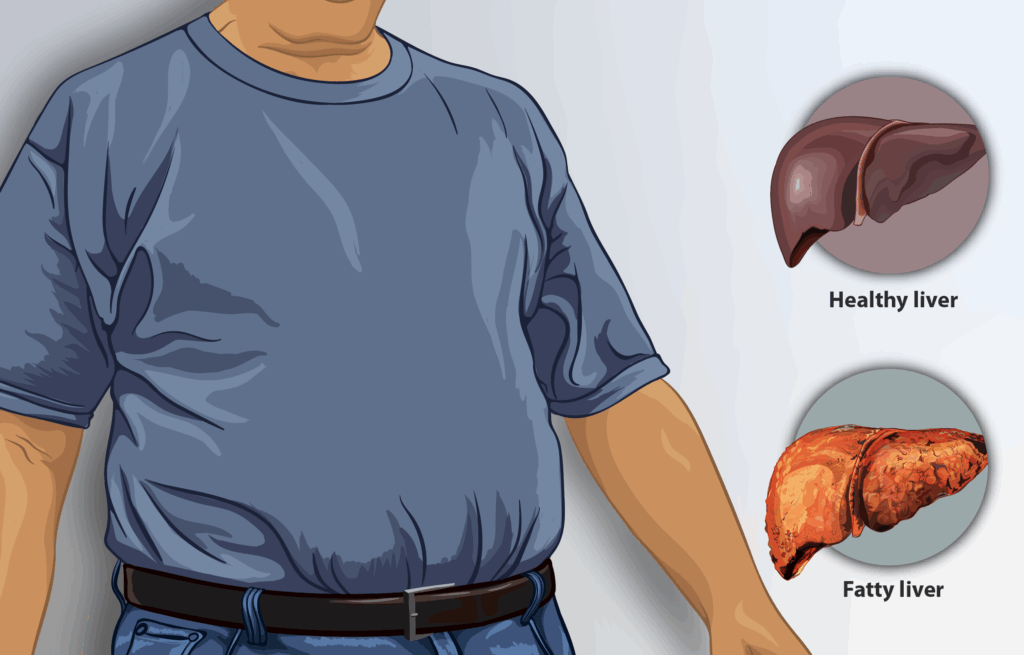
7. **The Grave Consequences of Untreated MASH Progression**
Ignoring a MASH diagnosis or failing to implement effective management strategies carries a substantial and potentially life-threatening risk. This is not simply a matter of a slightly “fatty liver” that can be left alone; the accumulation of fat and the resulting chronic inflammation within the liver can lead to severe and irreversible damage over time. The progressive nature of MASH makes early and consistent intervention critical.
One of the most concerning outcomes of untreated MASH is the development of liver scarring, a process known as liver fibrosis. As the inflammation persists, healthy liver tissue is gradually replaced by fibrous scar tissue, impairing the organ’s ability to function correctly. When this fibrosis becomes extensive and widespread, the liver eventually develops cirrhosis, a severe condition where the organ is so heavily scarred that there is barely enough normal tissue left to perform its routine, vital functions.
Cirrhosis, in its advanced stages, can lead to liver failure, a life-threatening state where the liver can no longer perform its essential tasks for the body. The liver is an indispensable organ, serving a multitude of critical roles. It acts as a sophisticated filtration system, detoxifying blood and recycling iron from old red blood cells. It also functions as a manufacturing plant, producing key proteins, immune system cells, and storing vital vitamins and minerals, while also processing nutrients from digestion.
Furthermore, the liver plays a crucial role in maintaining metabolic balance by regulating blood sugar levels through the release of glucose and the storage of glycogen. It also performs the vital function of producing bile, which is essential for the proper breakdown and absorption of fats during digestion. The failure of such a multi-faceted organ profoundly impacts nearly every bodily system, leading to systemic complications and, ultimately, a dire prognosis.
Beyond liver failure, untreated MASH significantly elevates the risk of developing hepatocellular carcinoma, a dangerous form of liver cancer. This direct link between chronic inflammation, scarring, and malignancy highlights another severe consequence of allowing the disease to progress unchecked. The burden on the liver from MASH creates an environment conducive to cancerous cell development.
Moreover, the systemic metabolic dysfunction associated with MASH extends its impact beyond the liver itself, increasing an individual’s susceptibility to various serious heart conditions. This includes a heightened risk of heart attack and stroke, underscoring that MASH is not solely a hepatic disorder but a condition with profound cardiovascular implications. These are all easily life-threatening conditions, solidifying the urgency of effective MASH management.

8. **Evolving Strategies for MASH Management**
While Dan Marino’s initial success in managing his MASH through lifestyle changes provides a powerful testament to the body’s healing capacity, the spectrum of MASH management strategies is broad and continually evolving. As Marino himself emphasized, the condition “can be manageable. That’s why you should have a positive attitude about it and just understand what the circumstances are.” This positive outlook, coupled with a commitment to action, forms the foundation of all effective treatment plans.
The core of MASH management continues to revolve around significant lifestyle modifications, consistent with Marino’s approach. These include a sustained commitment to eating better, engaging in more physical activity, and, where applicable, abstaining from alcohol. These fundamental changes are often sufficient to halt or even reverse the progression of MASH, restoring liver health by reducing fat accumulation and inflammation.
Weight management remains a cornerstone of MASH treatment, particularly for individuals who are overweight or obese, as these conditions are prominent risk factors. When lifestyle interventions alone prove insufficient to achieve necessary weight loss or improve metabolic markers, medical science offers additional options. Doctors may consider prescribing glucagon-like peptide-1 (GLP-1) agonists, such as Ozempic, Wegovy, Mounjaro, or Zepbound, which are well-known for their roles in managing obesity and diabetes. These medications have the added benefit of potentially reducing both inflammation and fat content within the liver, offering a multi-pronged approach to treatment.
Depending on the specific state of MASH progression and the individual’s overall health, further therapeutic interventions may be recommended. This can include various supplements, with vitamin E sometimes suggested for its antioxidant properties. Additionally, targeted medications to manage diabetes are crucial if it is a co-existing condition, as tight blood sugar control directly impacts liver health. For more advanced cases, a specific medication named Resmetiron, marketed under the brand name Rezdiffra, is available, designed to help slow down or even reverse the scarring of the liver caused by MASH, signifying significant advancements in pharmacological treatment options.
Read more about: Don’t Let These 6 EV Myths Steer You Away: Separating Fact from Fiction for Savvy Buyers

9. **Dan Marino’s Enduring Optimism and Resilience**
Dan Marino’s journey with MASH is as much a story of unwavering optimism and profound resilience as it is about medical diagnosis and lifestyle change. Throughout his public discourse, Marino has consistently projected a positive attitude, viewing his health challenge as a manageable aspect of his life. He frequently emphasizes, “That’s the most important thing. It can be manageable,” urging others to embrace a similar mindset and “just understand what the circumstances are.”
This inherent resilience is a quality that Marino honed over his illustrious 17-year career in professional football. He draws direct parallels between navigating the physical demands and injuries of the NFL and managing his MASH diagnosis. Reflecting on past adversities, he notes, “I’ve had knee operations, I had an Achilles injury, I had new knees put in, a lot of things, and it’s really trying to figure out what’s best for you and what makes you go forward in life in a positive way.” These experiences instilled in him a proactive problem-solving approach to health challenges.
Marino remains vigilant and committed to his health regimen, acknowledging the natural physiological changes that come with age. “You know, our bodies change a little [over time], but I try to be as consistent as I can with all the things that I’m doing and so far, I’ve been doing well,” he shared, a testament to his ongoing dedication. His annual check-ups, including ultrasounds, consistently show stable and positive results, reinforcing his belief that his prognosis is “gonna get better and better and better.”
His perspective on health extends beyond merely managing a condition; it encompasses a broader philosophy of living a full and engaged life. Marino articulates this beautifully, stating that it’s about figuring out “what it’s going to take to make sure that you can be with your friends, you can be with your family, you can be with your grandkids, your kids. That’s the thing I learned through playing football, you got to move forward, you got to do the things you need to do to be the best you can be at the top of your game.” This holistic view underscores the motivational force behind his health commitments.
Even with his MASH diagnosis, the player known as “Dan the Man” during his playing days remains remarkably active across various professional and personal spheres. He continues his work as a special adviser for the Miami Dolphins, actively participates in other organizational and investment endeavors, and cherishes his role as a grandfather. MASH may have initially blind-sided him, but much like his legendary ability to evade defensive rushes, Dan Marino has skillfully navigated this personal challenge, maintaining his decidedly unordinary and inspiring life.

10. **The ‘Unordinary Stories’ Campaign: Marino’s Advocacy for Health Awareness**
Dan Marino’s decision to publicly share his MASH diagnosis, nearly two decades after it was first uncovered, extends far beyond a personal revelation; it is a profound act of advocacy. Leveraging his enduring platform, Marino has aligned himself with Novo Nordisk’s impactful “Unordinary Stories” campaign, transforming his individual health journey into a powerful call for widespread health awareness.
This campaign specifically aims to demystify often-misunderstood or silently progressing health conditions by featuring prominent athletes who share their personal battles. Alongside basketball Hall of Famer Sheryl Swoopes, Marino’s involvement lends immense credibility and visibility to the critical message of proactive health management. Their stories demonstrate that even individuals who have seemingly lived peak physical lives can face hidden health challenges, making their narratives incredibly relatable and inspiring.
Marino’s primary motivation for participating in “Unordinary Stories” is to encourage a more informed public. He explicitly stated his desire for “more people to be aware of MASH and get checked for it.” His personal experience with a “silent” disease that could have gone undetected for years underscores the imperative for regular medical screenings, emphasizing that early detection can drastically alter the trajectory of the condition.
By bravely speaking out about his MASH diagnosis, Marino is utilizing his substantial public influence to advocate for greater health literacy and preventative care. His journey illustrates that a diagnosis, while serious, does not have to be a final verdict. Instead, with early detection and a steadfast commitment to change, managing and even reversing serious health issues is entirely possible, offering hope and a practical roadmap for countless individuals facing similar challenges.
Ultimately, the core message Marino champions through the “Unordinary Stories” campaign is one of consistency and personal agency. He wants people to understand that “if you get diagnosed with fatty liver and MASH, doing the things you need to do, like I talked about — diet, working out — and staying consistent with it, that’s what our message really is.” This call to action is a legacy in itself, demonstrating that his leadership extends far beyond the football field, inspiring a healthier future for many.
Dan Marino’s enduring journey with MASH stands as a powerful testament to the evolving understanding of metabolic health and the profound impact of proactive self-care. From his unexpected diagnosis during a routine checkup to his disciplined adoption of a Mediterranean diet and regular exercise, Marino has transformed a personal health challenge into a public beacon of hope and awareness. His story, amplified through the ‘Unordinary Stories’ campaign, underscores that while the cheers of the stadium may fade, the commitment to one’s well-being remains a lifelong endeavor. It is a reminder for all, athletes and everyday individuals alike, that vigilance, resilience, and a positive attitude are truly the ultimate playbooks for a healthier, more fulfilling life. The silent threat of MASH, when met with informed action and a courageous spirit, can indeed be managed, reversed, and even transformed into a platform for inspiring change.



